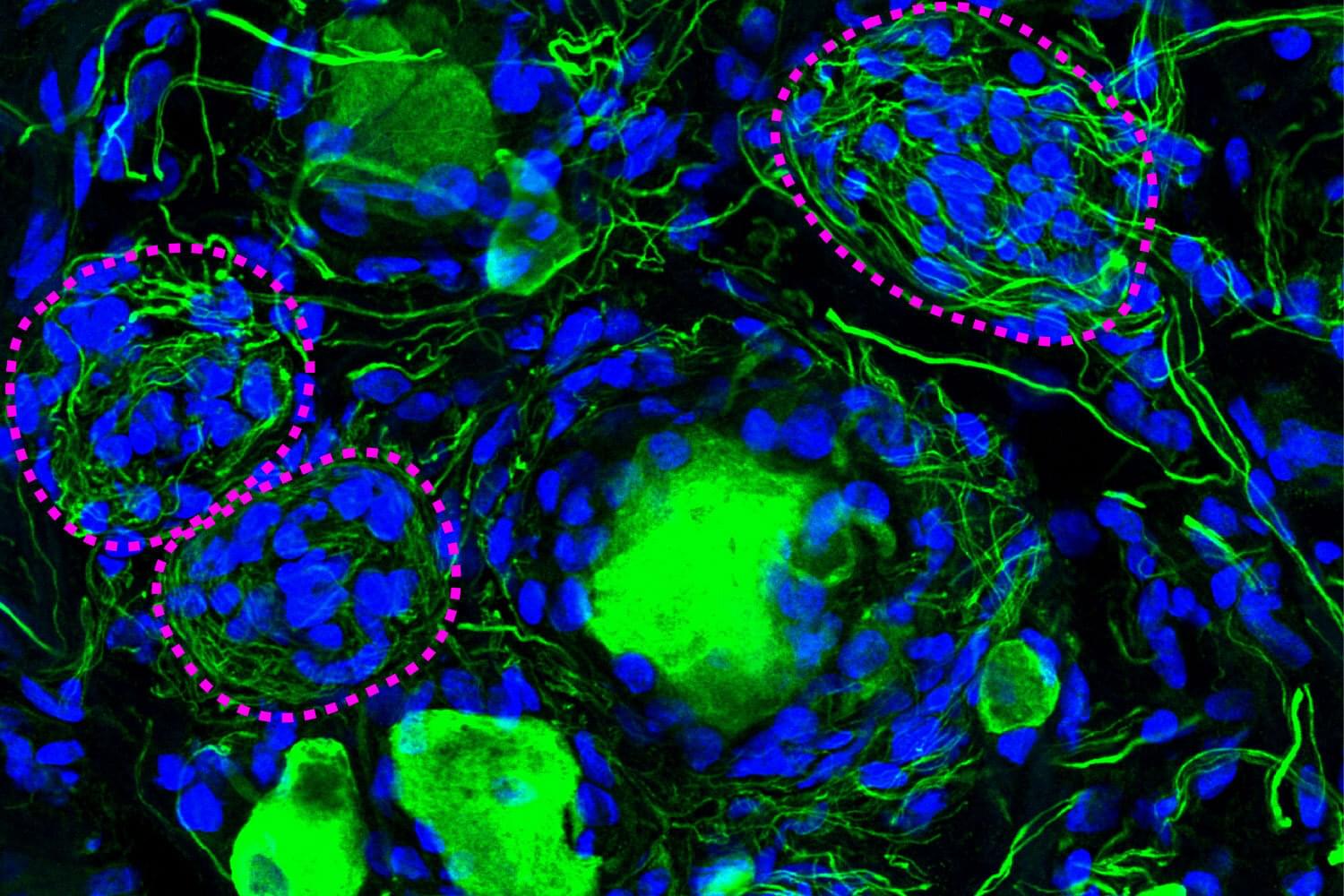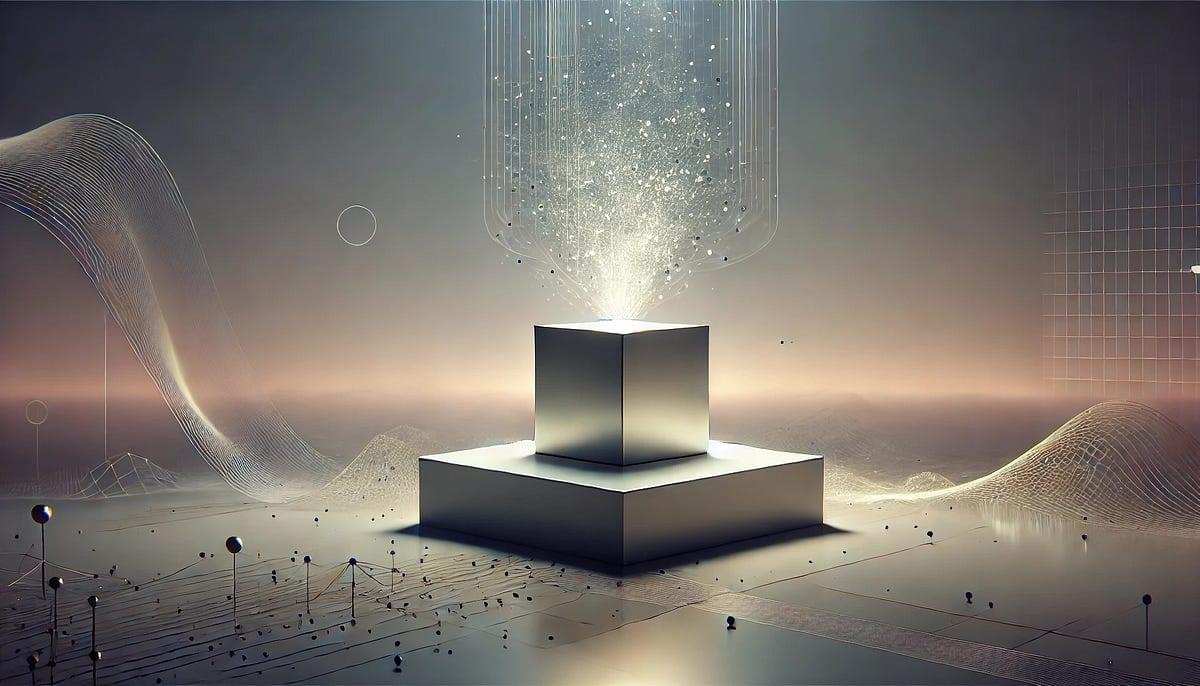MIT physicists have captured the first images of individual atoms freely interacting in space. The pictures reveal correlations among the “free-range” particles that until now were predicted but never directly observed. Their findings, appearing today in the journal Physical Review Letters, will help scientists visualize never-before-seen quantum phenomena in real space.
The images were taken using a technique developed by the team that first allows a cloud of atoms to move and interact freely. The researchers then turn on a lattice of light that briefly freezes the atoms in their tracks, and apply finely tuned lasers to quickly illuminate the suspended atoms, creating a picture of their positions before the atoms naturally dissipate.
The physicists applied the technique to visualize clouds of different types of atoms, and snapped a number of imaging firsts. The researchers directly observed atoms known as “bosons,” which bunched up in a quantum phenomenon to form a wave. They also captured atoms known as “fermions” in the act of pairing up in free space — a key mechanism that enables superconductivity.








